USD "price chaos"
This week is a crucial one for the global economy as the three largest central banks, the US Federal Reserve (FED), the European Central Bank (ECB) and the Bank of Japan (BOJ), consider their monetary policy statements.
While all markets are “holding their breath” waiting for moves from the FED, ECB and BOJ, in the domestic market, the USD is “in a chaotic trend” with different increases and decreases in each unit.
Joint Stock Commercial Bank for Foreign Trade of Vietnam (Vietcombank) listed the exchange rate at: 23,485 VND/USD - 23,825 VND/USD, an increase of 5 VND/USD in both buying and selling compared to the end of last week.
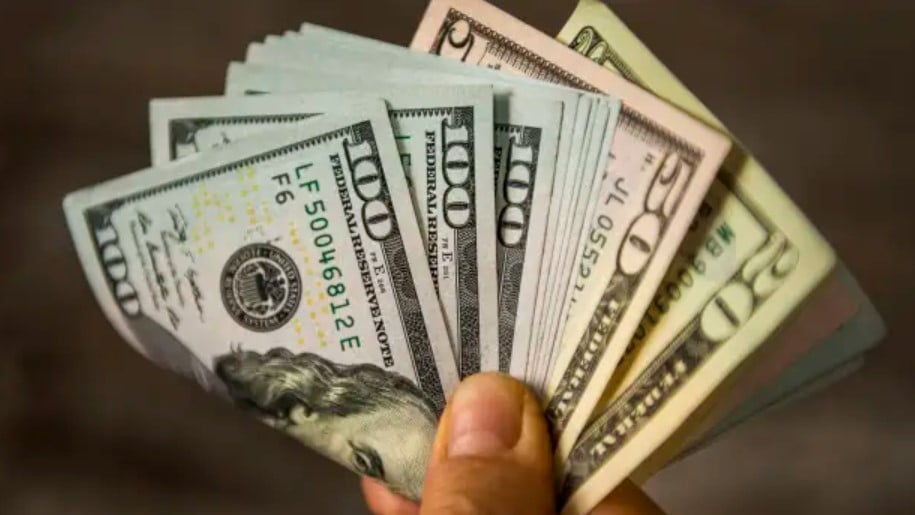
Before the three leading central banks, the FED, ECB and BOJ, "fixed" interest rates, the USD in the domestic market was "in chaos". Illustrative photo
At the Joint Stock Commercial Bank for Investment and Development of Vietnam (BIDV), the USD/VND exchange rate is traded at: 23,510 VND/USD - 23,810 VND/USD, down 5 VND/USD compared to the closing price of last week.
Vietnam Joint Stock Commercial Bank for Industry and Trade (VietinBank) is buying and selling USD at: 23,492 VND/USD - 23/832 VND/USD, up 39 VND/USD for buying but down 41 VND/USD for selling.
At commercial banks, the USD also has no clear trend.
Vietnam Export Import Commercial Joint Stock Bank (Eximbank) listed the exchange rate at: 23,510 VND/USD - 23,820 VND/USD, unchanged from the end of last week, but at Vietnam Technological and Commercial Joint Stock Bank, the USD was traded at: 23,500 VND/USD - 23,833 VND/USD, keeping the buying price unchanged but decreasing 2 VND/USD for the selling price.
In the free market, the USD tends to increase. At Hang Bac and Ha Trung – the “foreign currency streets” in Hanoi, the USD price is commonly traded at: 23,650 VND/USD – 23,700 VND/USD. At different stores, the difference is about 10 VND/USD.
In the world market, the USD also has no clear trend when DXY, the index measuring the strength of the dollar against other currencies, continuously reversed in a narrow range. At the beginning of the trading session in the European market, DXY traded around 101.05 points, down 0.02%.
Waiting for the "big guys" to finalize interest rates
There is much optimism that the Fed is nearing the end of its tightening cycle despite Chairman Powell's promises of at least two more rate hikes this year.
"The Fed is almost certain to raise its policy rate by 25 basis points to a range of 5.25% to 5.50% at the FOMC meeting, but we are increasingly convinced that will be the top end," said Paul Ashworth, chief North America economist at Capital Economics.
Behind the optimism was June inflation data, which showed a sharp slowdown in US inflation. The consumer price index rose 3% last month - the slowest pace in more than two years. And the core CPI measure, which excludes volatile food and energy prices, rose 4.8%, marking the slowest increase since 2021.
“Despite the ‘higher for longer’ rhetoric from officials, a sharper decline in core inflation and easing labor market conditions in the second half of this year should finally convince the Fed to pivot and cut rates aggressively next year,” Ashworth noted Friday.
For next week's FOMC statement, analysts will be paying attention to any changes to the inflation narrative and how much the Fed will maintain its tightening bias.
“Chair Jerome Powell may even emphasize in his press conference that further rate hikes are still needed this year,” Ashworth said. “However, the market is not convinced and largely agrees with our view that the Fed is almost done tightening.”
There will be a period of uncertainty and data dependence before the Fed can signal that it is done raising rates, said Ryan McKay, senior commodity strategist at TD Securities.
The ECB is also expected to raise interest rates by 25 basis points on Thursday, with analysts eyeing comments from ECB President Christine Lagarde. Meanwhile, the BOJ is expected to keep rates steady and its yield curve control unchanged.
“It looks like while the BOJ is standing still, other major central banks are tightening and that will continue to drive that carry trade,” Moya pointed out.
Source



![[Photo] Comrade Khamtay Siphandone - a leader who contributed to fostering Vietnam-Laos relations](https://vstatic.vietnam.vn/vietnam/resource/IMAGE/2025/4/3/3d83ed2d26e2426fabd41862661dfff2)

![[Photo] Moment of love: Myanmar people are moved to thank Vietnamese soldiers](https://vstatic.vietnam.vn/vietnam/resource/IMAGE/2025/4/3/9b2e07196eb14aa5aacb1bc9e067ae6f)
![[Photo] Special relics at the Vietnam Military History Museum associated with the heroic April 30th](https://vstatic.vietnam.vn/vietnam/resource/IMAGE/2025/4/3/a49d65b17b804e398de42bc2caba8368)

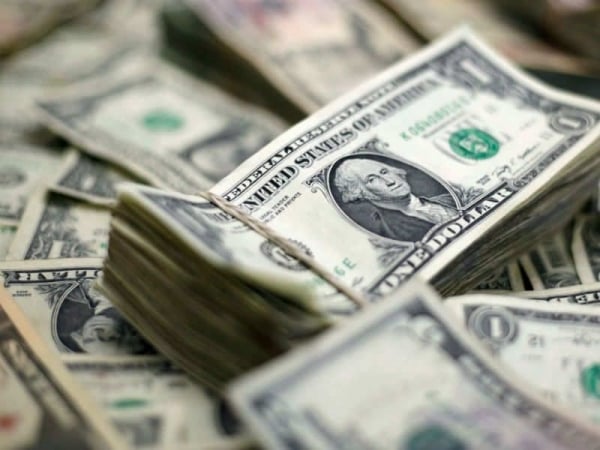



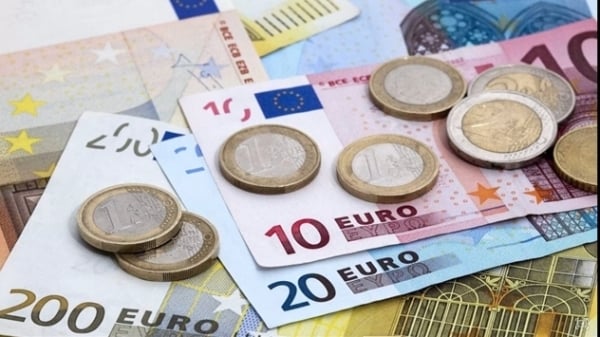
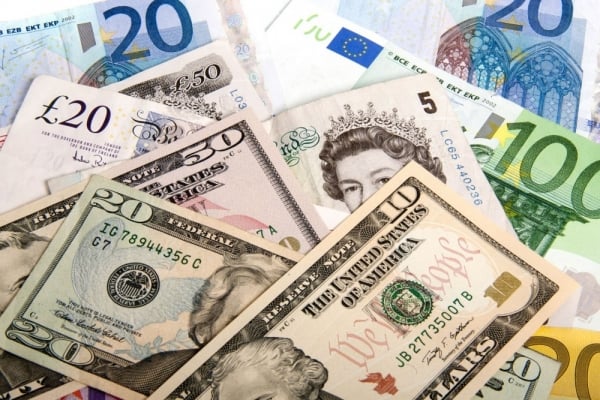
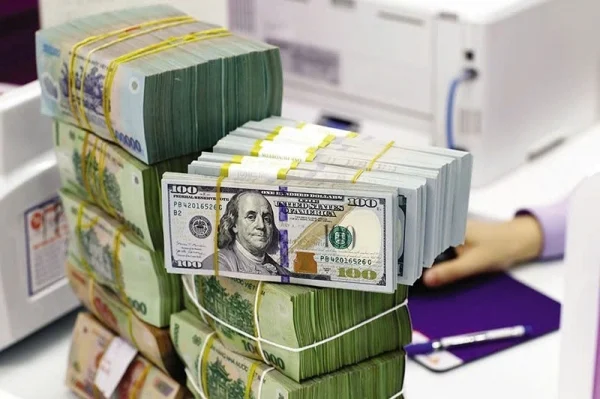





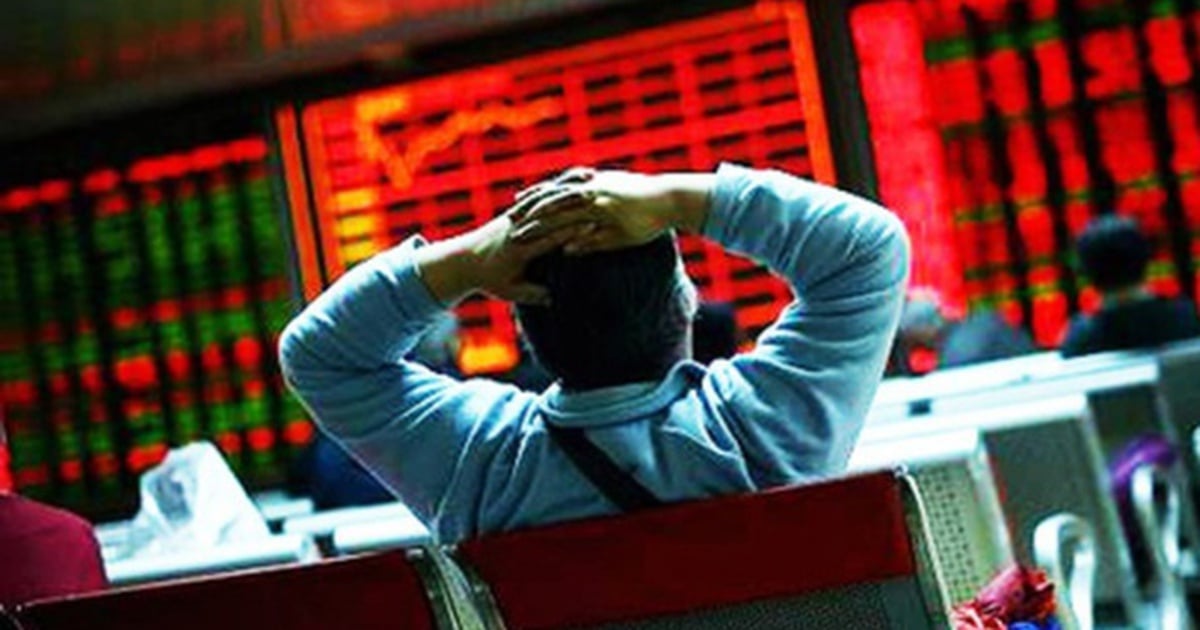
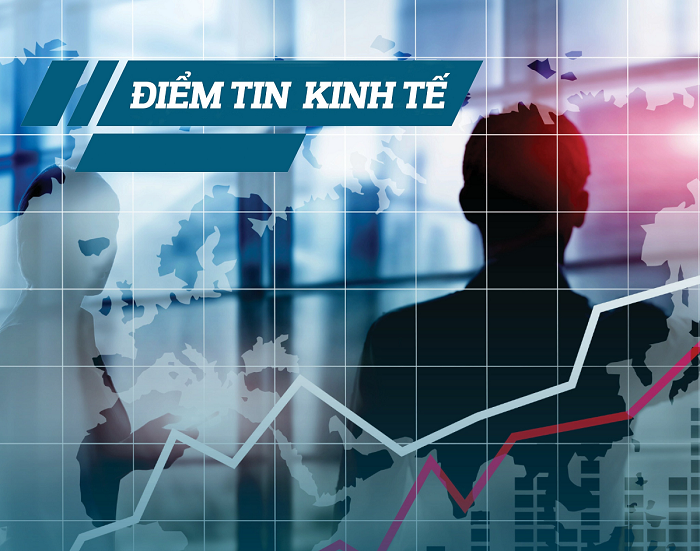
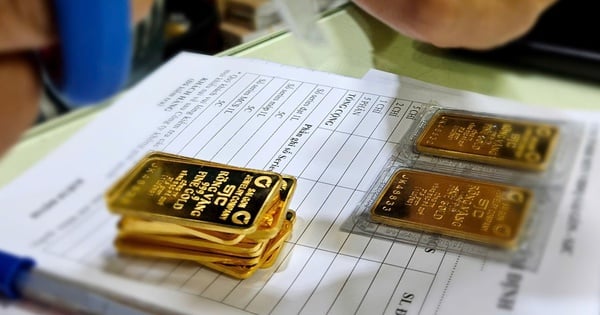









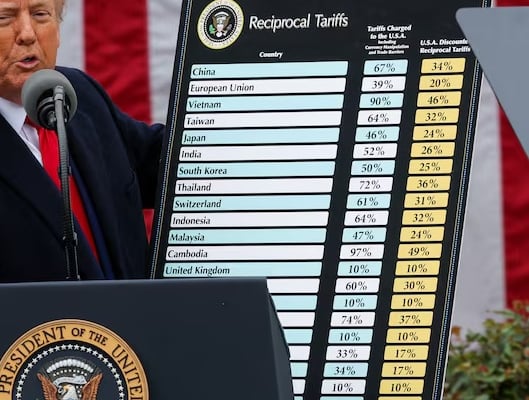



































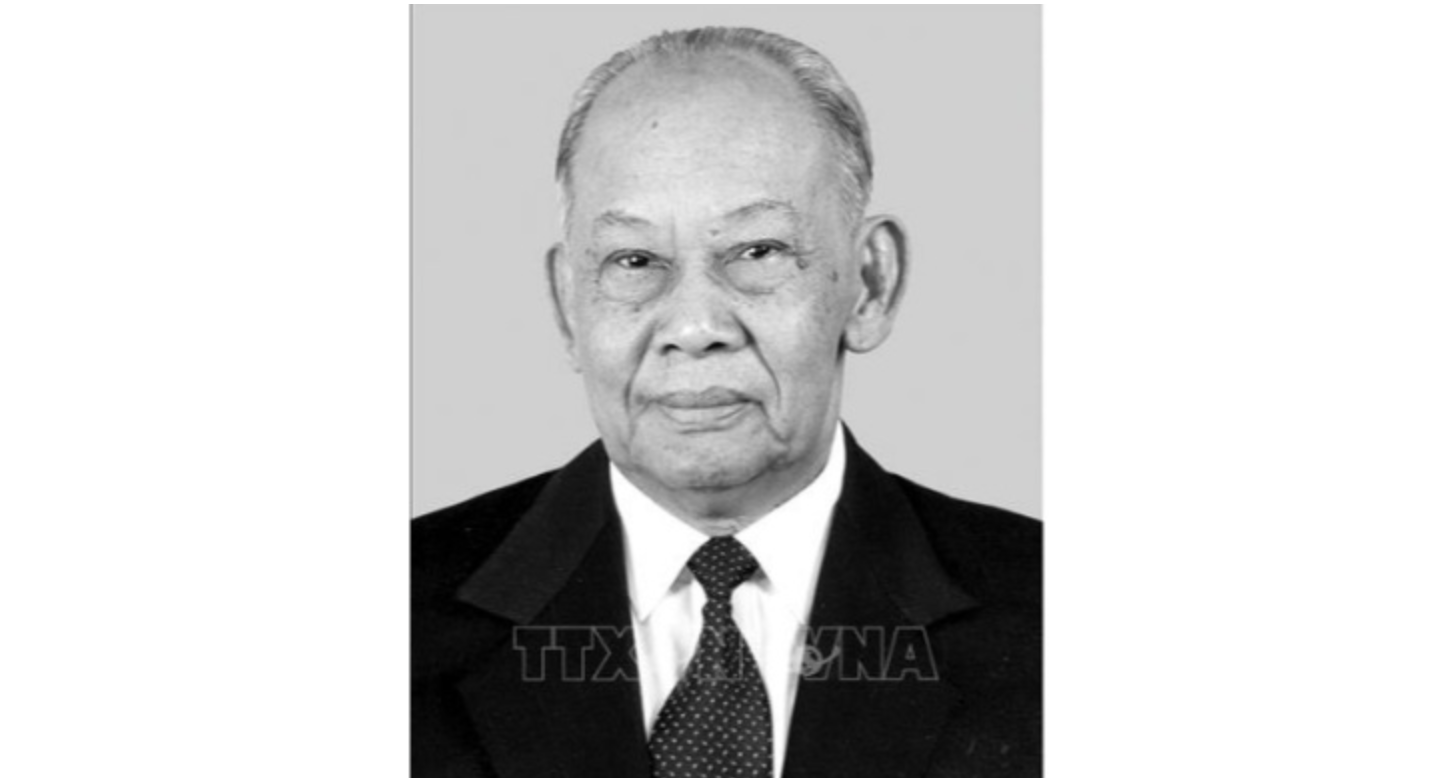

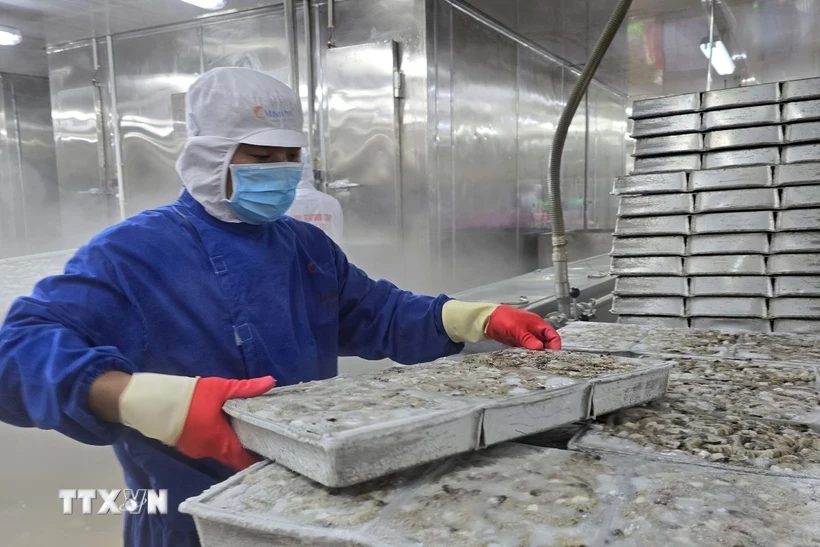
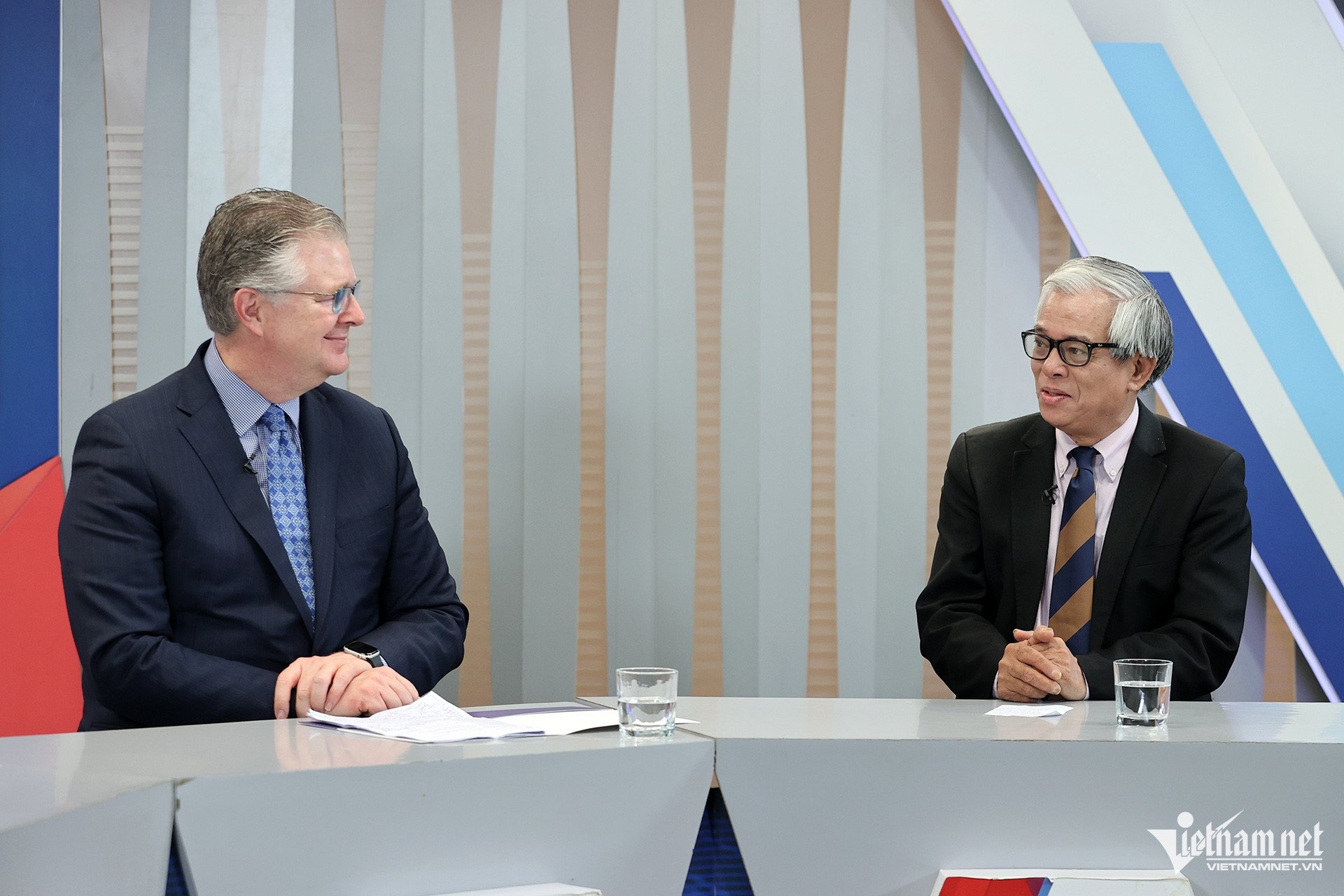
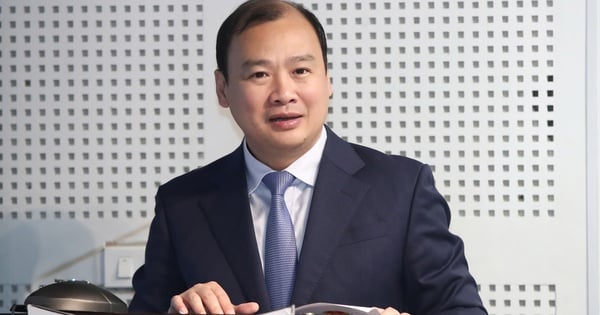














![[Podcast] News on March 24, 2025](https://vstatic.vietnam.vn/vietnam/resource/IMAGE/2025/4/3/f5fa1c3a9ae14d4590ac6965d233586b)












Comment (0)